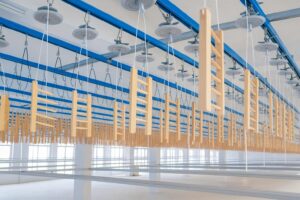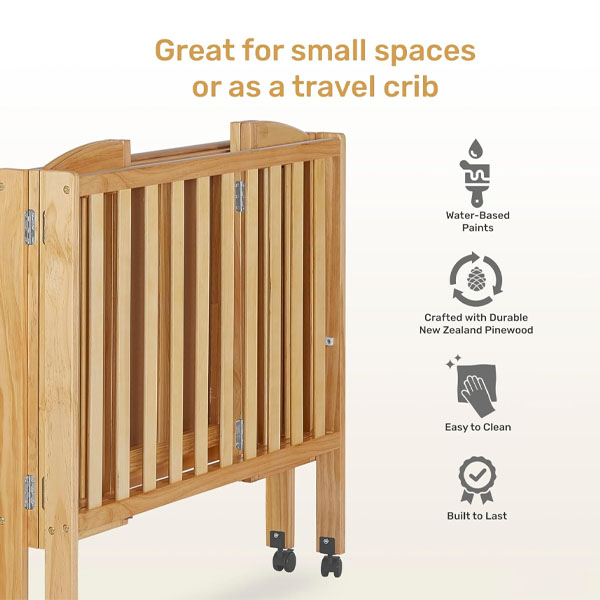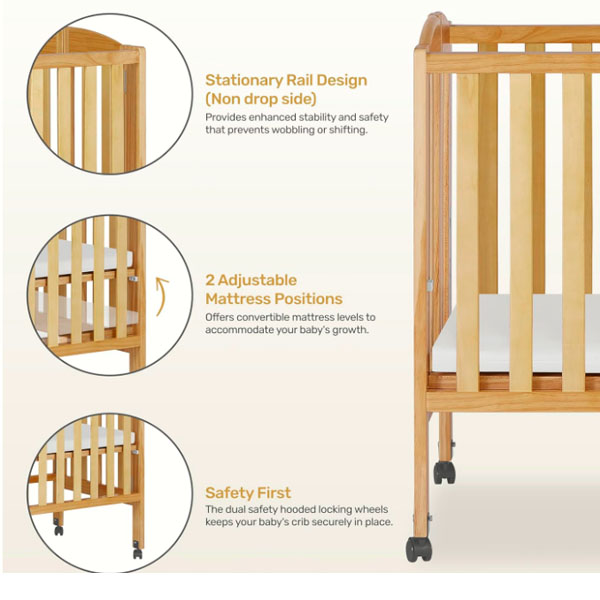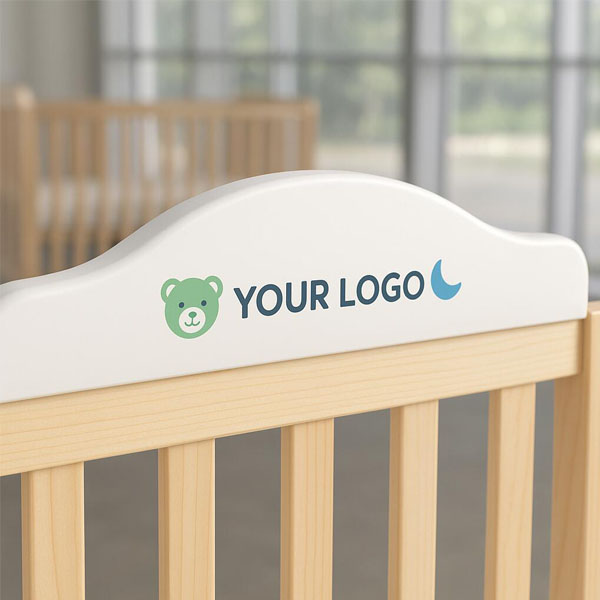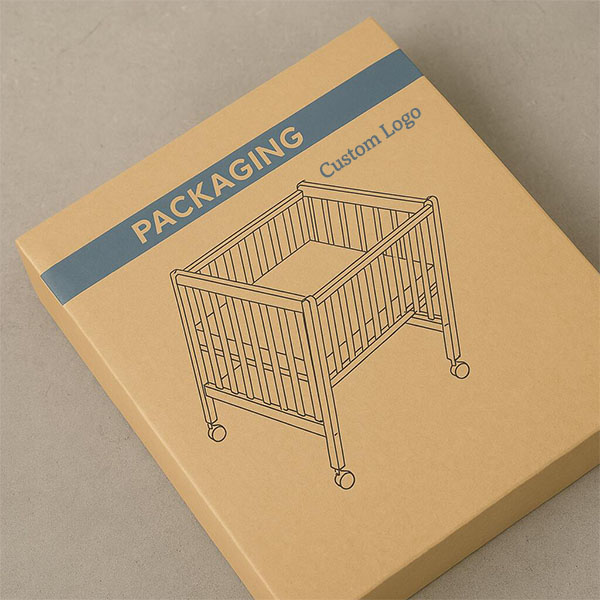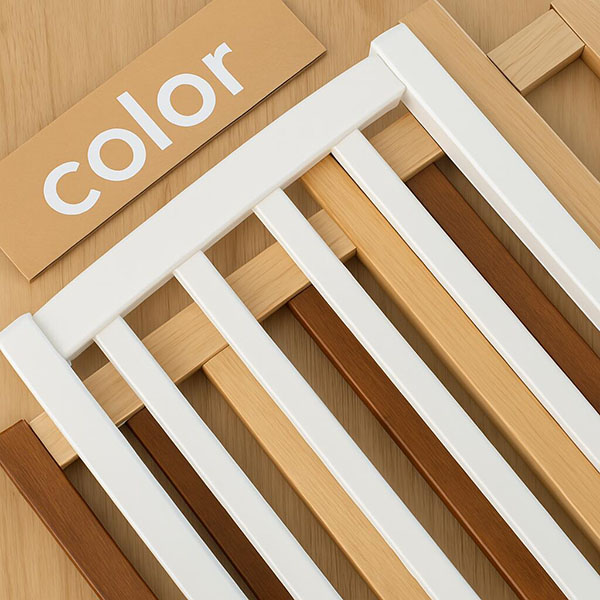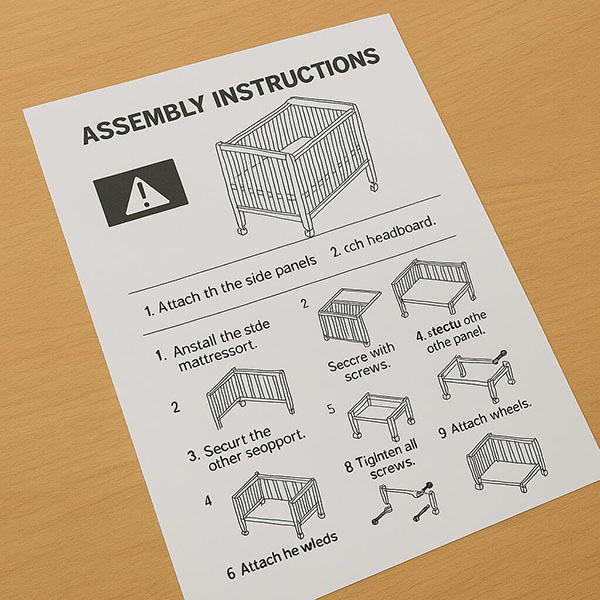What Is the Difference Between a Bouncer and a Rocker?
Bouncers bounce. Rockers rock. Simple, right? Not quite.
The main difference is in how they move: bouncers use up-and-down motion triggered by the baby’s movement, while rockers use a back-and-forth rocking motion, either manual or assisted.

Both are useful for calming babies and giving caregivers a break—but they serve different purposes depending on your baby’s age, activity level, and environment. Let’s break it down.
Bouncer vs. Rocker: Motion Mechanics
This is the heart of the difference.
Bouncers move when the baby kicks or wiggles. Rockers move through a curved base or mechanical system to create a soothing sway.
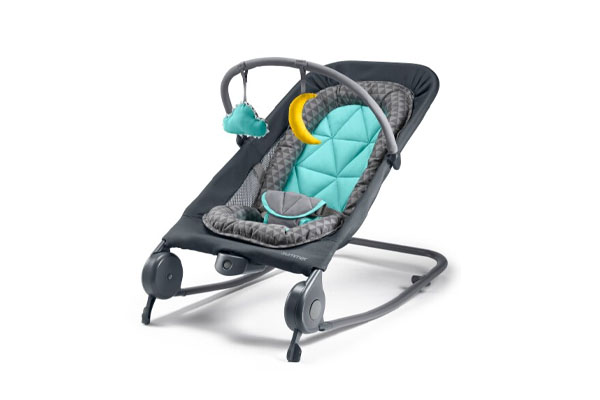
Motion Comparison Table
| Feature | Bouncer | Rocker |
|---|---|---|
| Type of Movement | Vertical bounce (up and down) | Horizontal rock (back and forth) |
| Movement Source | Baby-powered (kicks, wiggles) | Parent push or gravity-based curve |
| Intensity | Quick and springy | Slow and soothing |
| Control | Less predictable | More controlled |
Bouncers tend to be more stimulating, while rockers are often more calming.
Design and Structure
While they may look similar, the frames and bases differ significantly.
Bouncers have springy bases and tight fabric that provide bounce. Rockers use a curved base or hinge to rock.
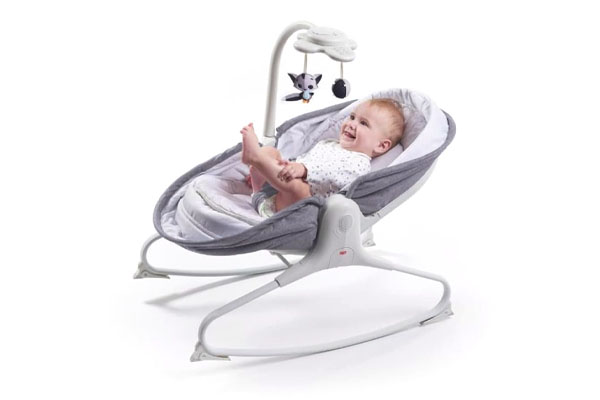
Design Overview
| Element | Bouncer | Rocker |
|---|---|---|
| Base Type | Stationary with spring/flex | Curved or pivot base |
| Fabric Tension | Tight and elastic | Loose and soft (usually padded) |
| Seat Position | More upright | Reclined, cradle-like |
| Power Source | Manual (baby movement) or battery | Manual or battery (some models) |
Some rockers now combine swing-like features with music and vibration—blurring lines with swings.
Use Cases and Age Recommendations
Choosing between the two often depends on what stage your baby is in and what kind of calming they respond to.
Bouncers are better for active babies who like movement. Rockers are ideal for newborns who prefer soothing sways.
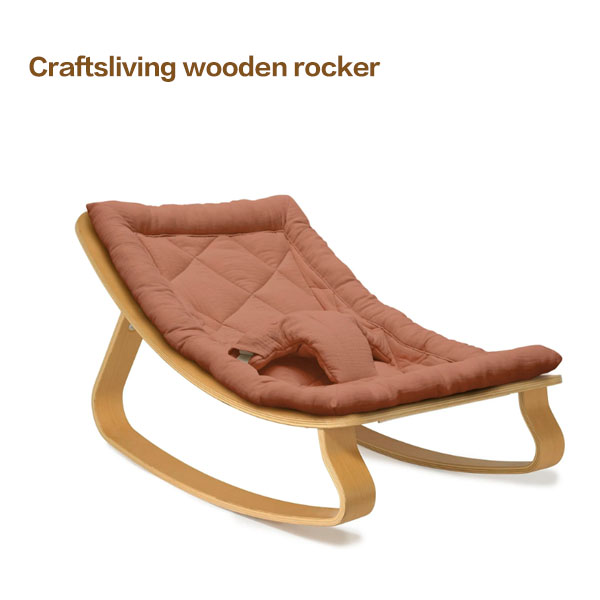
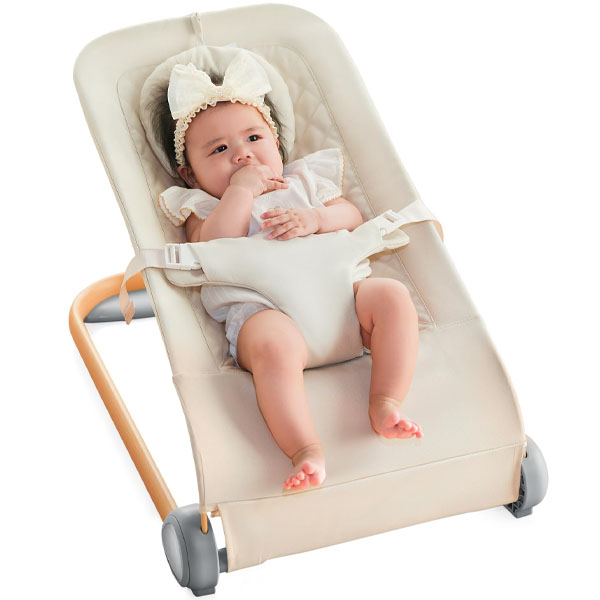
Age and Usage Table
| Use Case | Bouncer | Rocker |
|---|---|---|
| Newborn (0–3 mo) | ✅ (if reclined) | ✅ (most suited) |
| Active infant (3–6 mo) | ✅ Great for play and energy burn | ✅ Great for naps and calm time |
| Sleep time | ❌ Not safe for sleep | ❌ Not safe for sleep |
| Travel/folding | ✅ Many fold easily | ✅ Depends on model |
Important: Neither option should be used for unsupervised sleep, per AAP and WHO guidelines.
Pros and Cons
Let’s sum it up for decision-making.
Bouncer
✅ Great for active babies
✅ Lightweight and easy to carry
✅ Often includes vibration, toys
❌ Can overstimulate some babies
❌ Less soothing for fussy sleepers
Rocker
✅ Soothing motion for sleepy babies
✅ Often cozier, deeper seat
✅ Works well for newborns
❌ Bulky (some models)
❌ Needs manual rocking (unless electric)
Can You Get a 2-in-1?
Yes! Many modern models combine both features.
Products like the Fisher-Price Infant-to-Toddler Rocker or BabyBjörn Bouncer Balance can double as rocker and bouncer depending on how they’re positioned.
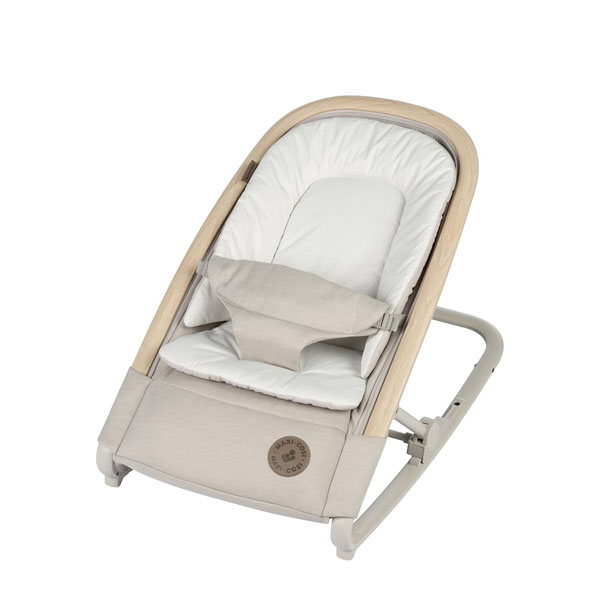
Look for:
- Adjustable bases
- Convertible frame modes
- Lockable rocking/bounce features
These hybrids are space-savers and great for growing babies.
What Does Craftsliving Offer?
At Craftsliving, we offer premium wooden rockers and hybrid bouncer-rockers designed for ergonomic comfort and stylish interiors.

- FSC-certified wood frames
- Soft, washable cotton or linen fabrics
- OEM & ODM manufacturing
- Modern designs that match nursery aesthetics
We’re committed to creating baby products that are safe, functional, and beautiful—for both brands and growing families.
Conclusion
Bouncers bounce. Rockers rock. One energizes, one soothes. Both have a place in your baby’s early months—but understanding their differences will help you choose what fits your lifestyle (and your baby) best.

